Successor to the 2024 QN90D, the all-new QN90F was one of the stars of Samsung's TV show at CES 2025. The reason? It's twofold:
- The mini-LED can now be stretched over a record diagonal of 115 inches
- It is one of the representatives of the Neo QLED range to incorporate Samsung's anti-reflective filter (glare-free).
These two developments are not the only ones to accompany the launch of this new representative of the mini-LED range, but they strongly contribute to this mix of new features and performance that makes the QN90F one of the best TVs of the year. Indeed, in addition to the increased size and the anti-reflective filter (available up to 98 inches), the new QN90F series also benefits from the contribution of the new in-house processor, the 3rd generation NQ4 AI, which allows the integration of several artificial intelligence features into the television.
This initial cocktail, combined with excellent image quality and proven expertise in design, OS, and video games, makes the QN90F a very serious candidate if you're looking to change your TV this year. Do you have any doubts? We'll explain it to you point by point.
Design: serious and elegant
We're taking the same old steps and starting again! The Samsung QN90F isn't innovating in terms of design this year, quite the opposite. The Korean manufacturer opted for the same recipe: chassis + stand + remote control as last year and... to be honest, there was little reason to change.
Indeed, in the 65-inch version, which is the one in our test, the balance between the hexagonal stand and the large diagonal is very effective. The thin edges of the chassis add to the premium feel of the whole thing, as does the contained thickness which really makes you want to hang your TV on the wall. We also appreciate the discretion of the logo, nicely integrated into the lower part of the chassis and barely noticeable. When switched off, the television gives a clue about the technology it is equipped with with a matte finish that does not fool the eye of discerning observers: yes, Samsung's ice-free filter is present!
As for the remote control, despite its sometimes minimalist criticized, it remains one of our favorites on the market. Just the right amount of keys in a compact format that fits perfectly in the hand. We couldn't ask for more.
The only aesthetic downside is the lack of One Connect. For now, Samsung continues to reserve this remote box, which allows it to concentrate the majority of its connections and improve "cable management", for its highest-end models. This choice was understandable in the first few years, but now it’s time to let the lower floors benefit from it.
Image quality: spotlight on HDR
Based on a very good mini-LED series for two years, the new QN90F has a solid foundation in terms of image quality. It is therefore not surprising to see the excellent measurements made by 01Lab. Let's start with the essential: color fidelity. On this point, Samsung's mini-LED is impeccable with, for example, a Delta E measured at 1.80 in Rec709. The color spectrum coverage is also very good (93.59% in DCI-P3 and 75.87% in Rec2020). As for the color temperature, it is excellent as it remains stable around 6,500K (6378 precisely).
But where the QN90F excels is in terms of brightness. Indeed, the 01Lab measured a peak brightness in HDR at 3648 cd/m2, the highest value measured by us so far. The peak brightness in SDR is also very high (1210 cd/m2). As a result, the contrast is also very good (18049:1).
In concrete terms, the QN90F performs very well regardless of the type of image. We noticed a slight blooming at times in areas that were particularly difficult to treat (the mini-LED also has its limits), but for the rest, it proves to be very versatile and even particularly comfortable for broadcasting all types of content, especially for sports.
The big news this year is the arrival of the anti-reflective filter that appeared last year on the brand's QD OLED model, the S95D. While this wasn't unanimously acclaimed by observers, it still won over the majority of testers, including your humble servant. We strongly encourage you to reread our review of the Samsung 65S95D, particularly the section we devoted to the "glare-free" treatment.
The anti-reflective filter brings, if necessary, even more versatility to Samsung's mini-LED. Indeed, even in a room bathed in light, it manages to deliver a quality image, which is an undeniable asset. Above all, this specific feature adds to its otherwise very interesting performance. Indeed, in addition to its certain image quality, the QN90F also benefits from the advantages of WHVA technology. This is an LCD panel that considerably improves viewing angles and directly addresses two shortcomings of conventional VA LCD panels, like those on our test TV. Indeed, on this screen technology, contrast and color saturation can vary when the viewer is not in line with the TV. This new generation of WHVA panels considerably reduces this weakness, which we were able to easily observe. When we add the contribution of the anti-glare filter, we obtain an effective solution against delicate environments.
More light, less reflections, more performance... The recipe seems simple on paper, but its implementation is obviously more complex. Also, Samsung deserves to be praised for the quality of this proposal.
Tizen in control
On the TV side, Samsung has not yet succumbed to Google's siren call like many of its competitors. The Korean company is making every effort to keep Tizen, its own OS, up to standard and it is clear that it is succeeding. Admittedly, aesthetically, Tizen is not the most pleasant interface to look at, but it is damn effective and this year gains a little in readability. The new version of the OS includes slightly redesigned menus and an improved visual identity.
So, the choice of the new three-section classification makes navigation much easier, as does the menu sidebar, which groups the different features by "family." Content is now categorized into three clearer sections:
- "For You"
- "Live"
- "Apps"
We also appreciate certain niceties, such as highlighting the recently activated HDMI source. So, if you've been using your PS5 or Apple TV and return to the home screen, the "Now Playing" window continues to display the source's content, including the animated wallpapers from Apple's box. It's a gimmick, but we love it.
Another new feature this year: the Neo QLED range welcomes the Art Store, previously reserved for The Frame series. This is a selection of wallpapers from major works of painting and photography distributed in partnership with the museums that host them. The feature allows you to dress up your TV when it is not showing content, but only has a few wallpapers available for free. To take full advantage of it, you must subscribe to the service at 4.99 euros/month.
Despite its relative austerity (a little less with this new design), Tizen proves to be a fairly powerful OS and offers truly intuitive navigation. Complete, it improves again this year and deserves that the few design optimizations seen this year transform into a more global work to be more appreciated.
Really useful AI
With its QN90F, Samsung also signals the arrival of AI in its televisions. Let's be clear, AI is not a new thing, neither at Samsung nor at its competitors. But, until now, artificial intelligence was essentially dedicated to using the processor's power to improve image quality, particularly on upscaling tasks based on machine learning.
On Samsung’s mini-LED TV (and on a few other high-end models from the brand), AI is gaining in potential and even finding concrete and useful applications. Three features in particular stand out and give a first glimpse of what TVs will be capable of in the future.
Live translate:
This is undoubtedly the most interesting and also the most convincing application. What is it? Quite simply, an automatic, real-time translation function for content. This is applicable to all broadcast content, such as DTT, and works (this is the most impressive thing) without an Internet connection, i.e. locally.
The only real constraint: you must have downloaded the libraries for the desired languages when installing the TV to be able to activate them with one click in the "Live Translate" section of the settings menu. At the launch of the QN90F, five languages are available, but this total should increase in the coming months. For the rest, operation could not be simpler and more efficient. Samsung even offers some interesting customization options, such as the ability to change the size and color of the font or its position on the screen.
Of course, this function will not be useful to all users, but its educational or accessibility benefits are real and the technical feat remains impressive. Above all, this functionality is still in its infancy. Samsung is reportedly already working to apply machine translation to audio and more content beyond broadcast.
Clip to search:
The second AI-related feature in this version of Tizen is "Clip to search." While less technically impressive than the first, it should still be used more. It's a contextual search option that activates when you click the AI button on the remote control and displays information related to the content being broadcast (about the film, the actors, and other content that might appeal).
AI Mode:
AI Mode is the third major AI-related new feature on this QN90F. More aimed at demanding users, it lets you create adjustment templates based on content types and then apply them automatically when this type of content is detected. For example, you can define an image tone for a football match by adjusting the contrast or color hue. Therefore, if AI Mode is activated, this setting will be applied as soon as sports are broadcast on the screen. The main advantage, besides saving time: it allows everyone to practice and better understand how to adjust an image.
The QN90F's AI is not limited to these three examples. As on a smartphone, it is also possible to generate images from a prompt. Samsung also explains that Bixby is now assisted by ChatGPT and that it allows for more natural conversations. These two functions were not tested in depth during this review. Nevertheless, with its competitive mini-LED TV, Samsung has managed to show that AI can be useful on TVs.
Video games: always at the top level
Samsung has been taking gaming seriously for years now and, along with LG, is considered a benchmark in terms of TVs for gamers. The QN90F doesn't betray its predecessors and is completely in line with this. Moreover, to put it clearly, it's not in this video game section that Samsung brings the most new features since we find essentially the same proposition as on the QN90D. On the other hand, this stability doesn't prevent our mini-LED from being one of the best for gaming. Quite simply because it concentrates the essential wishes of the players. Four HDMI 2.1 ports (VRR and ALLM), a refresh rate that goes up to 165 Hz, compatibility with AMD FreeSync Premium Pro and a record input lag (measured at 10 ms by the 01Lab)… the QN90F is quite flawless in gaming.
Audio: solid but perfectible
Rightly considered the poor relation of some televisions, the audio part is not left out on the QN90F. Its 4.2.2 system with a power of 60 W is more than enough for the majority of uses, especially since the result is of very good quality. On the other hand, users who are a little demanding will not be able to be satisfied with sound integrated into the television and will probably have to look at sound bars to find what they want.

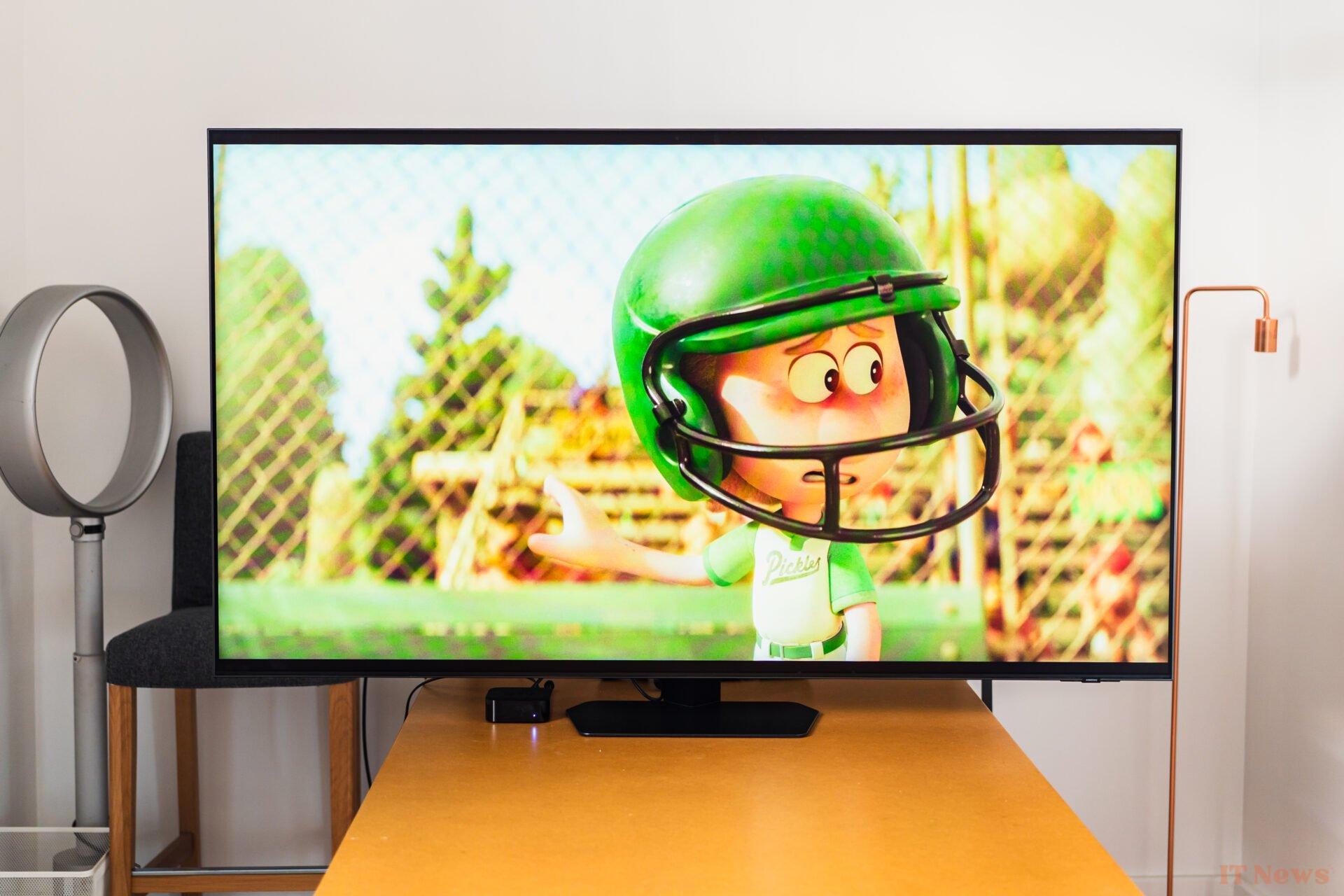
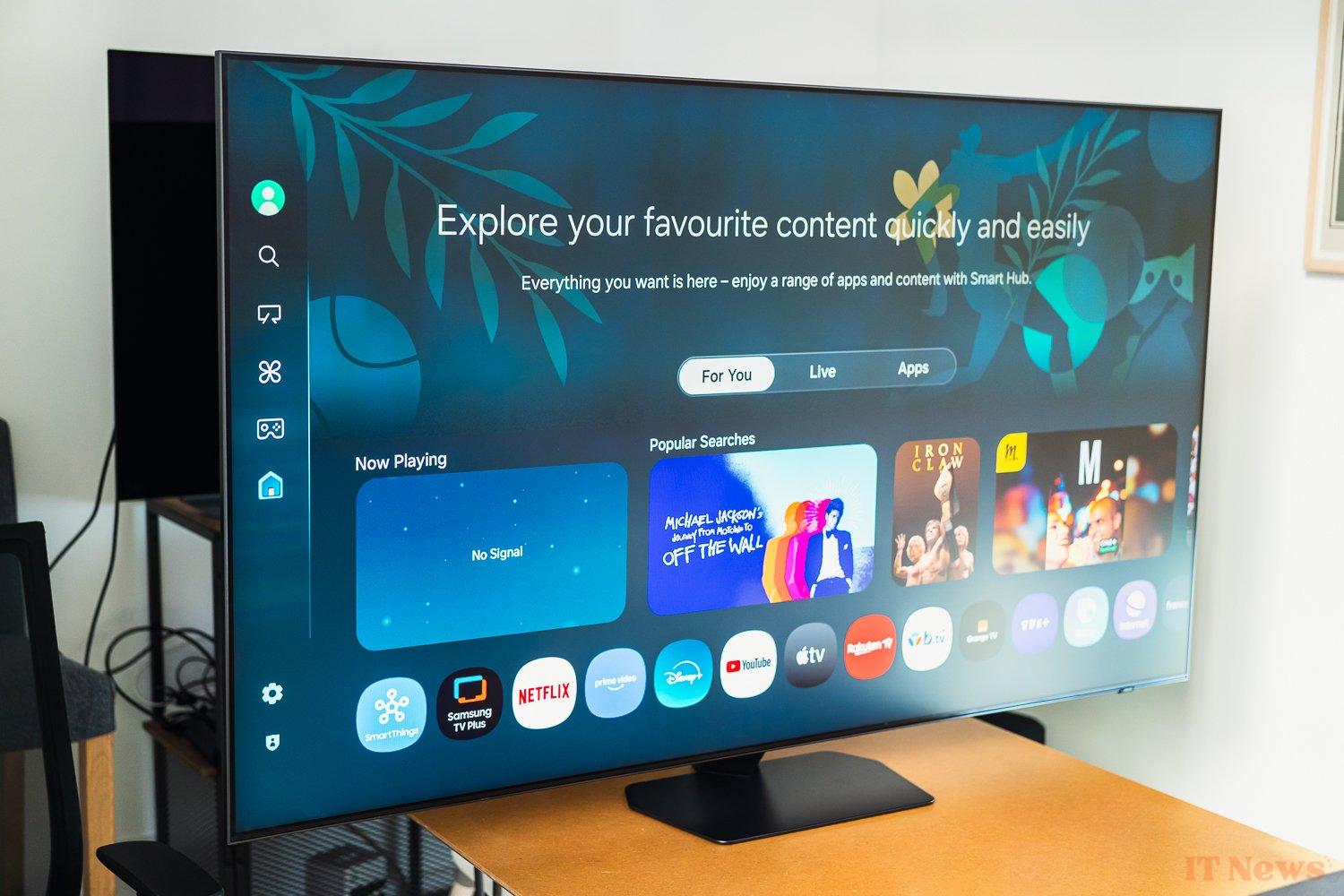
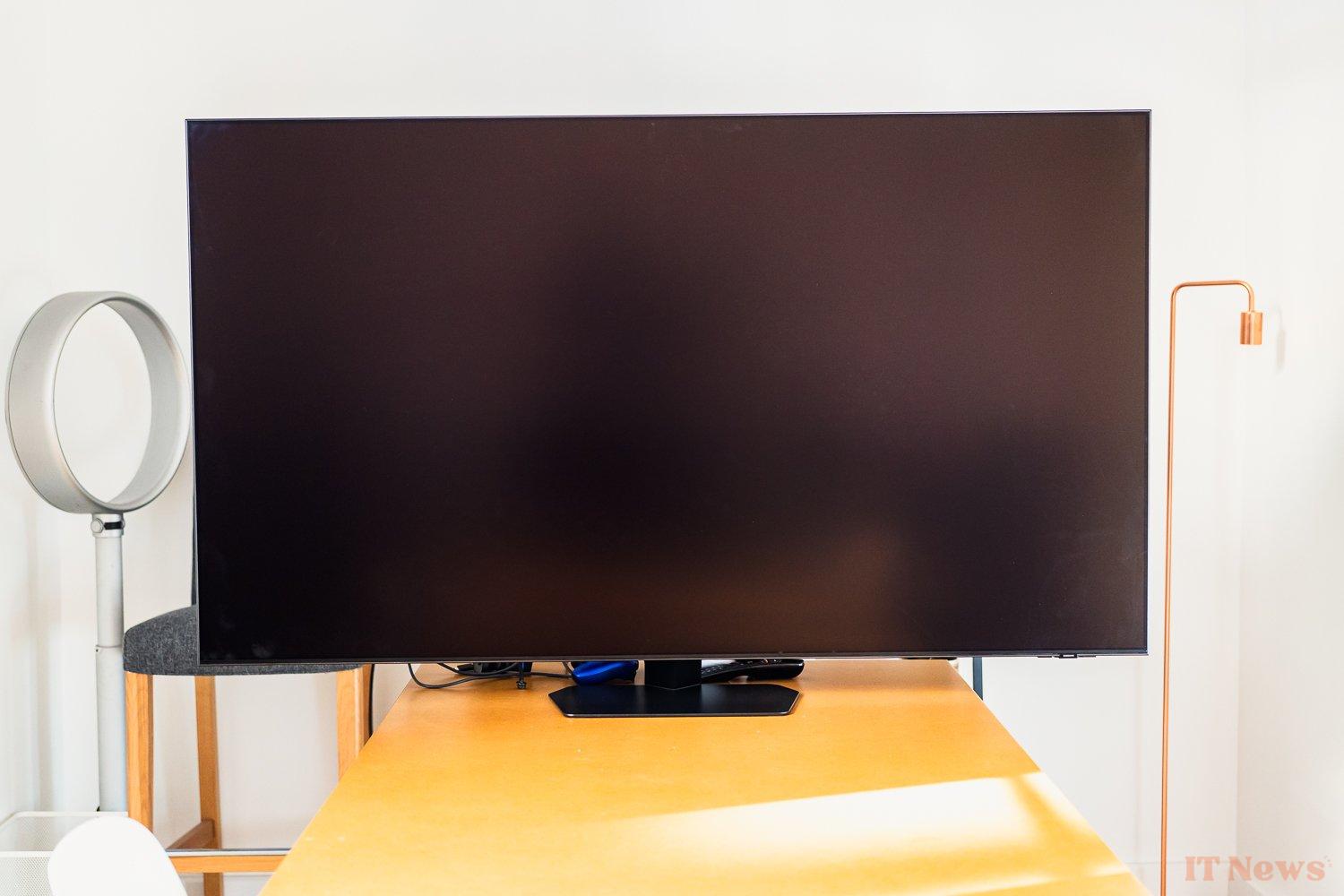
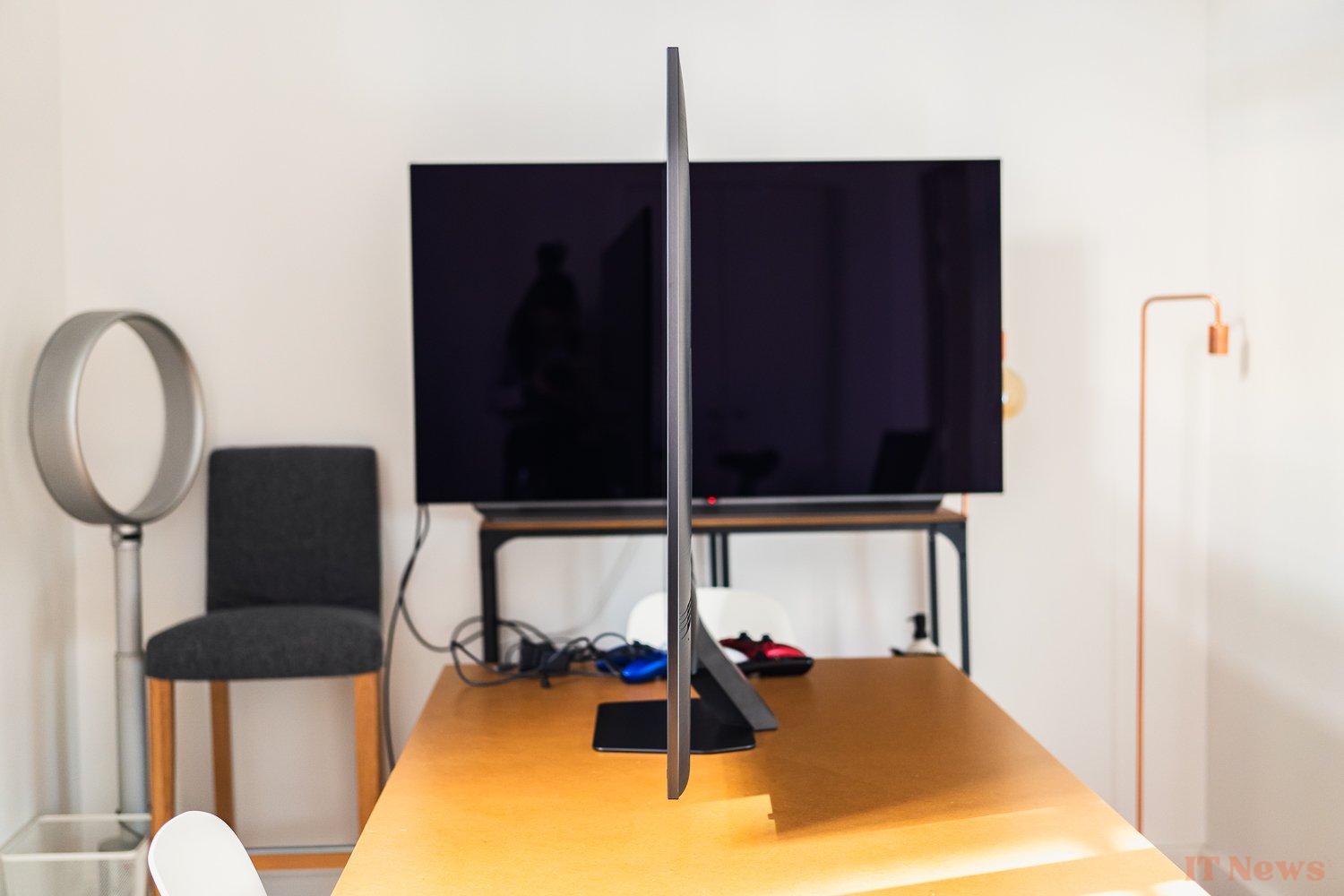
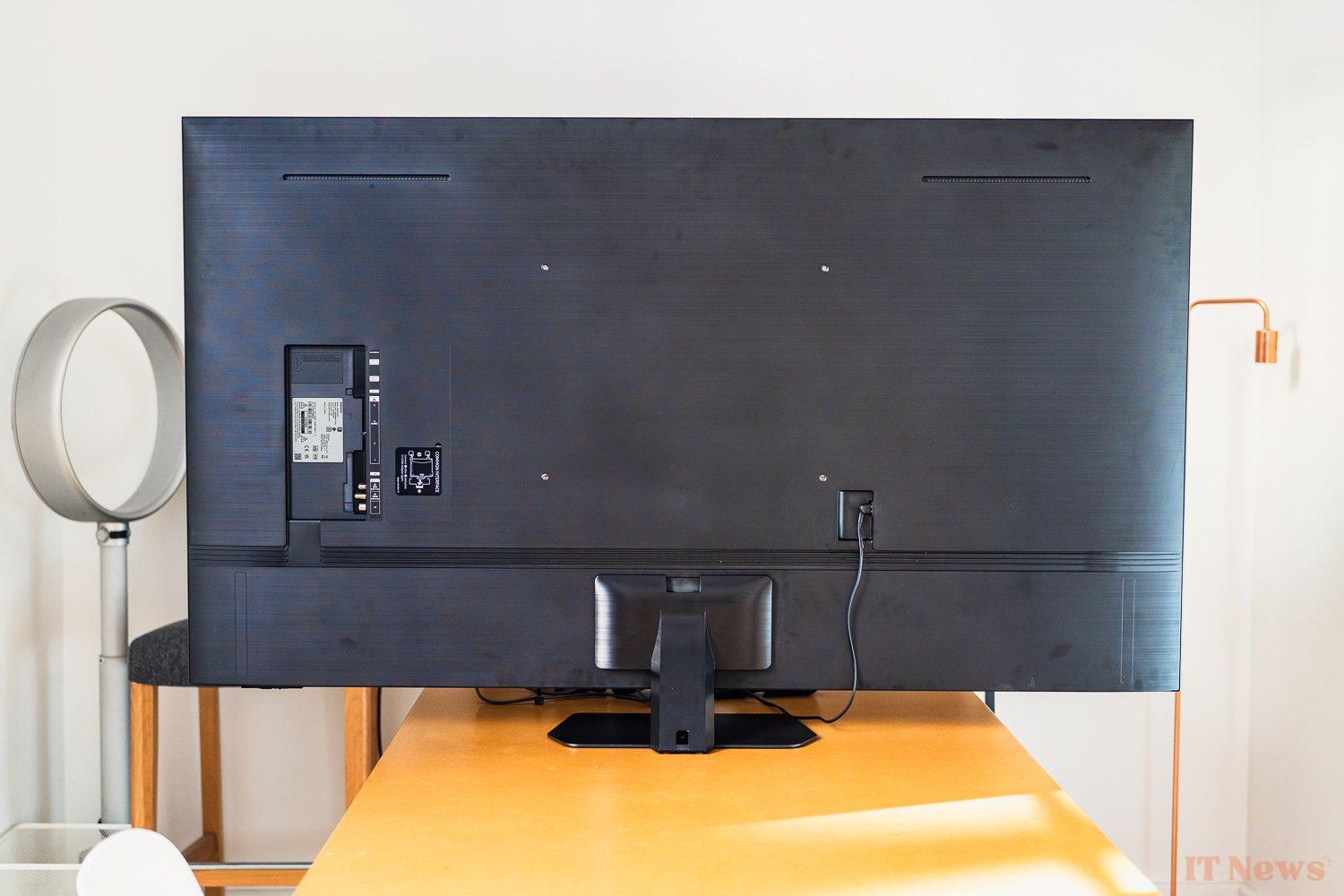
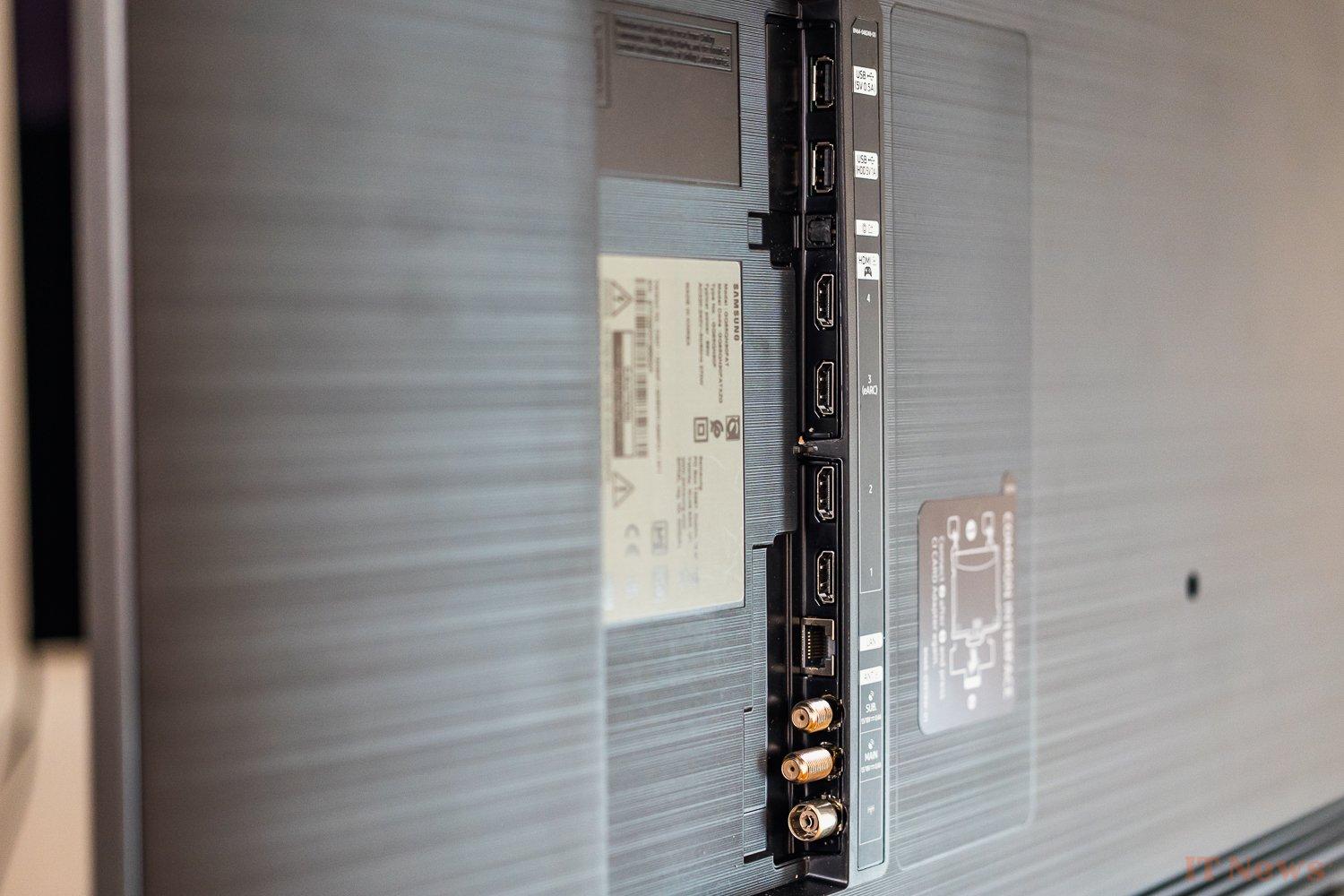

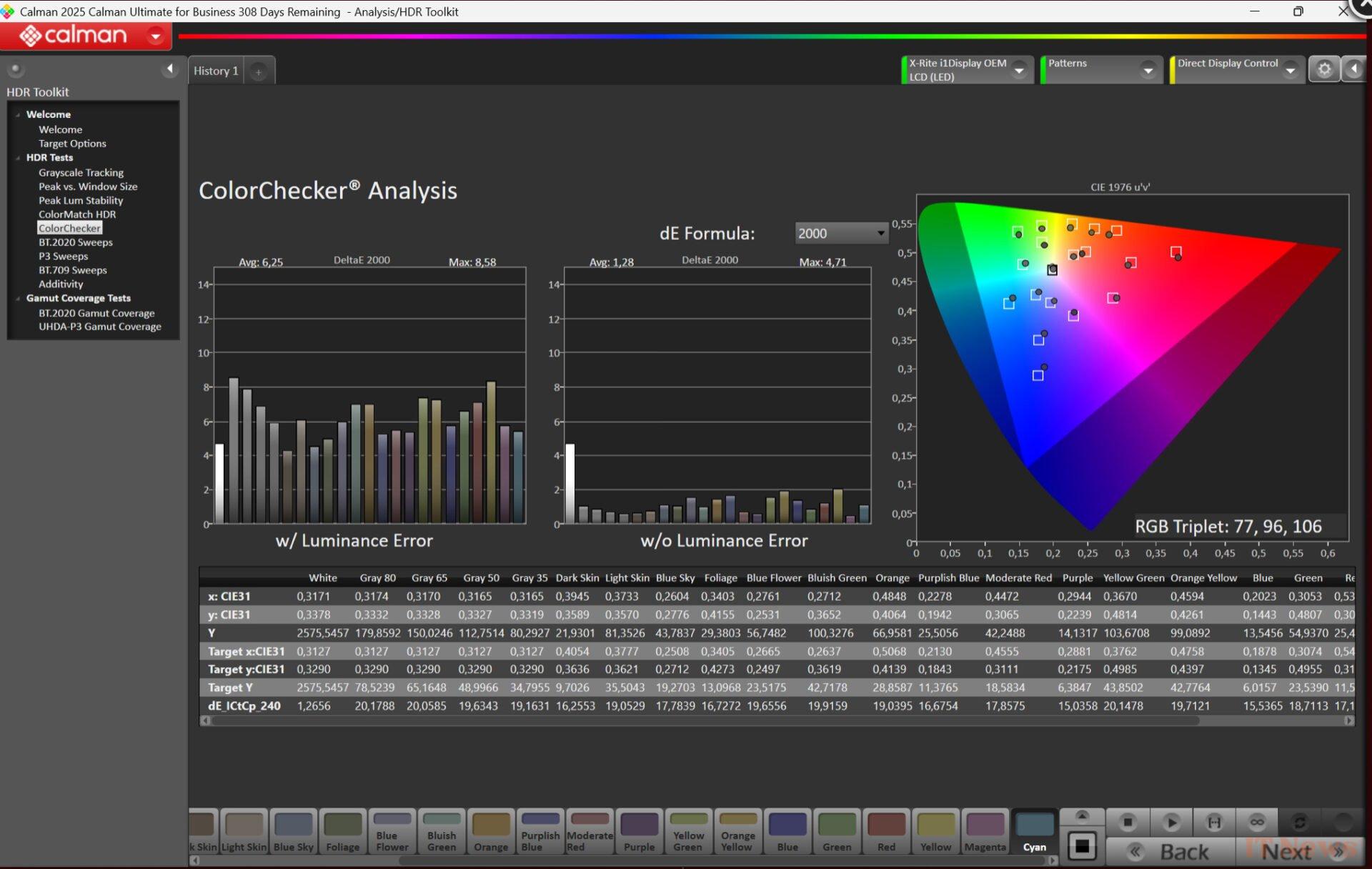

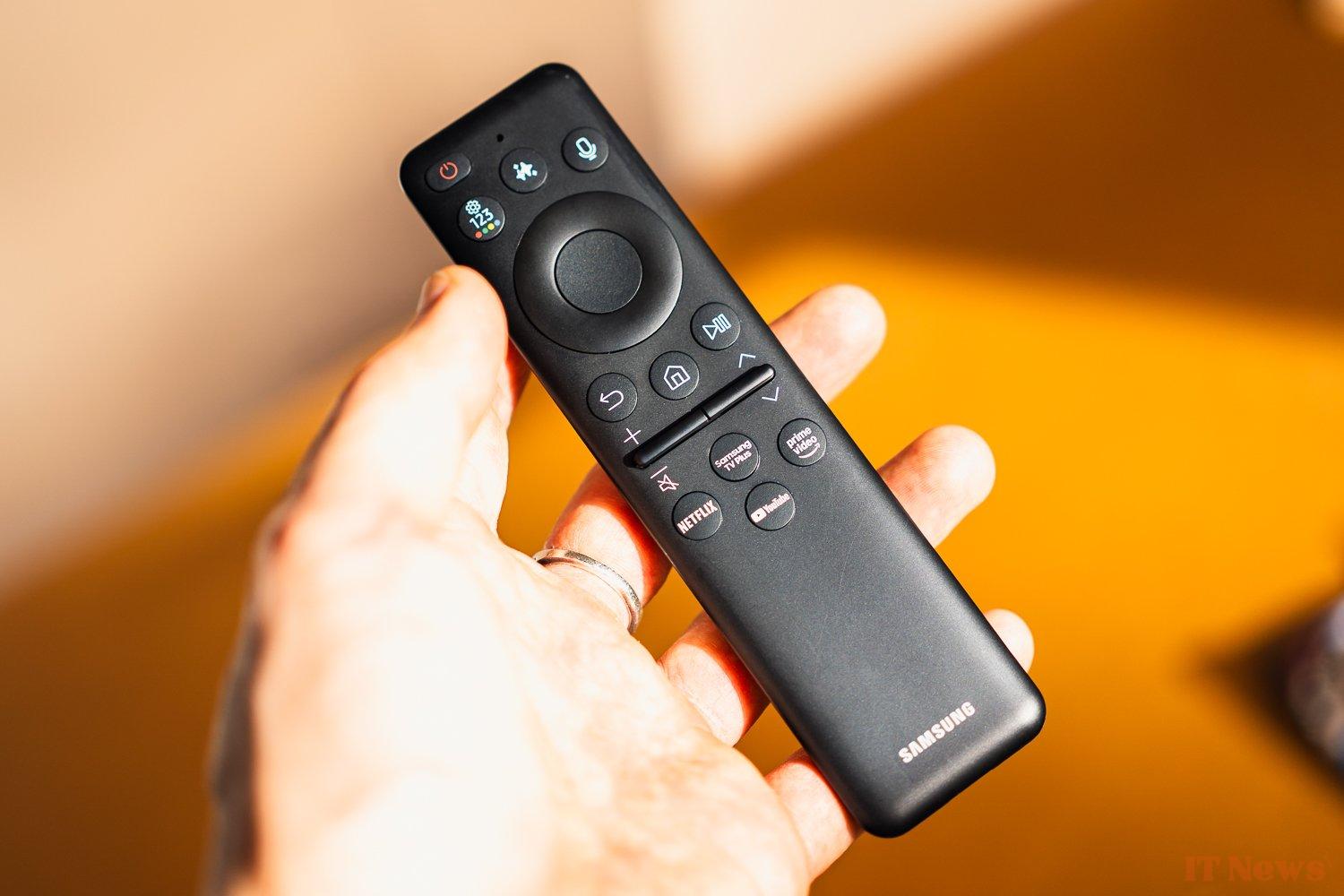
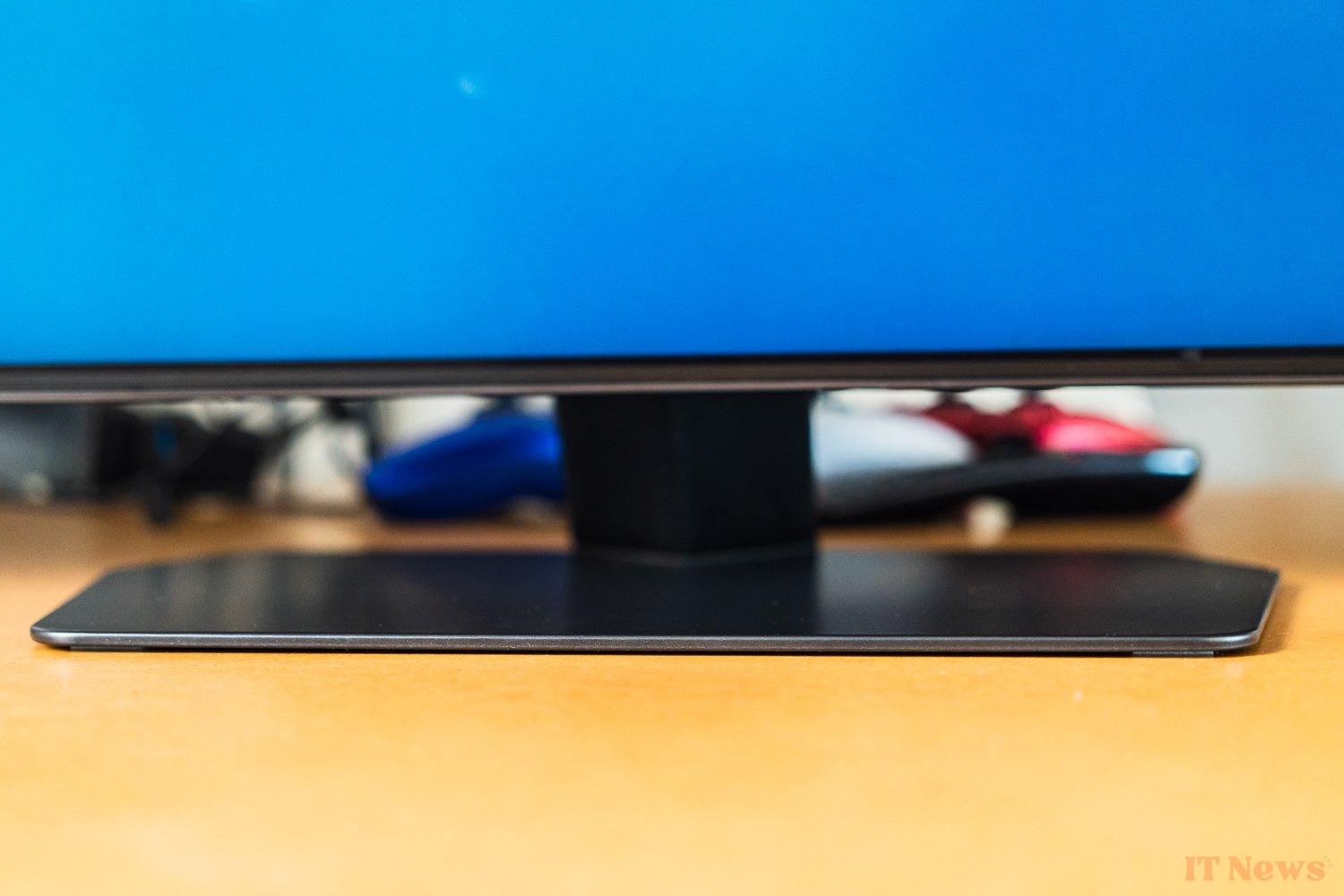
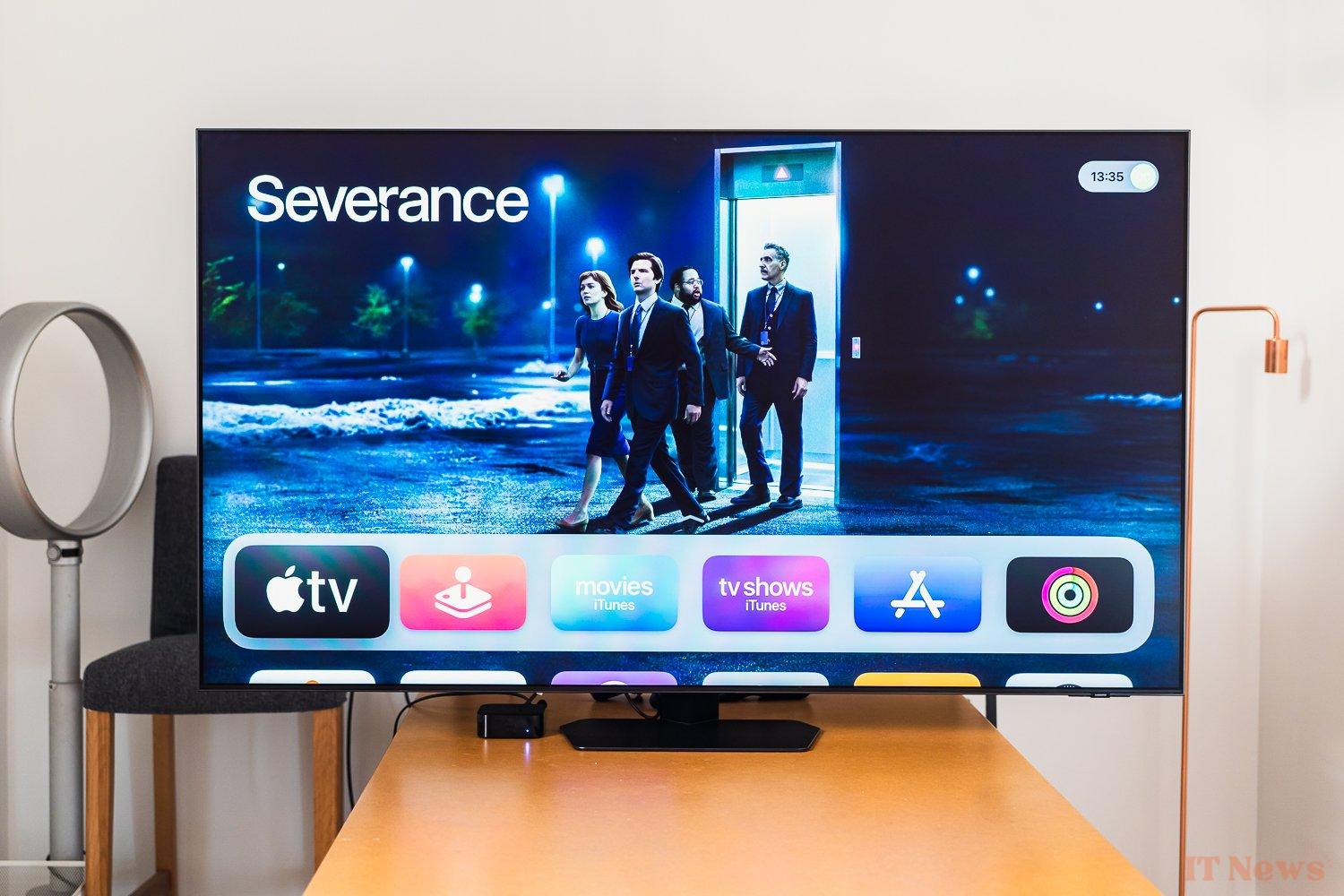
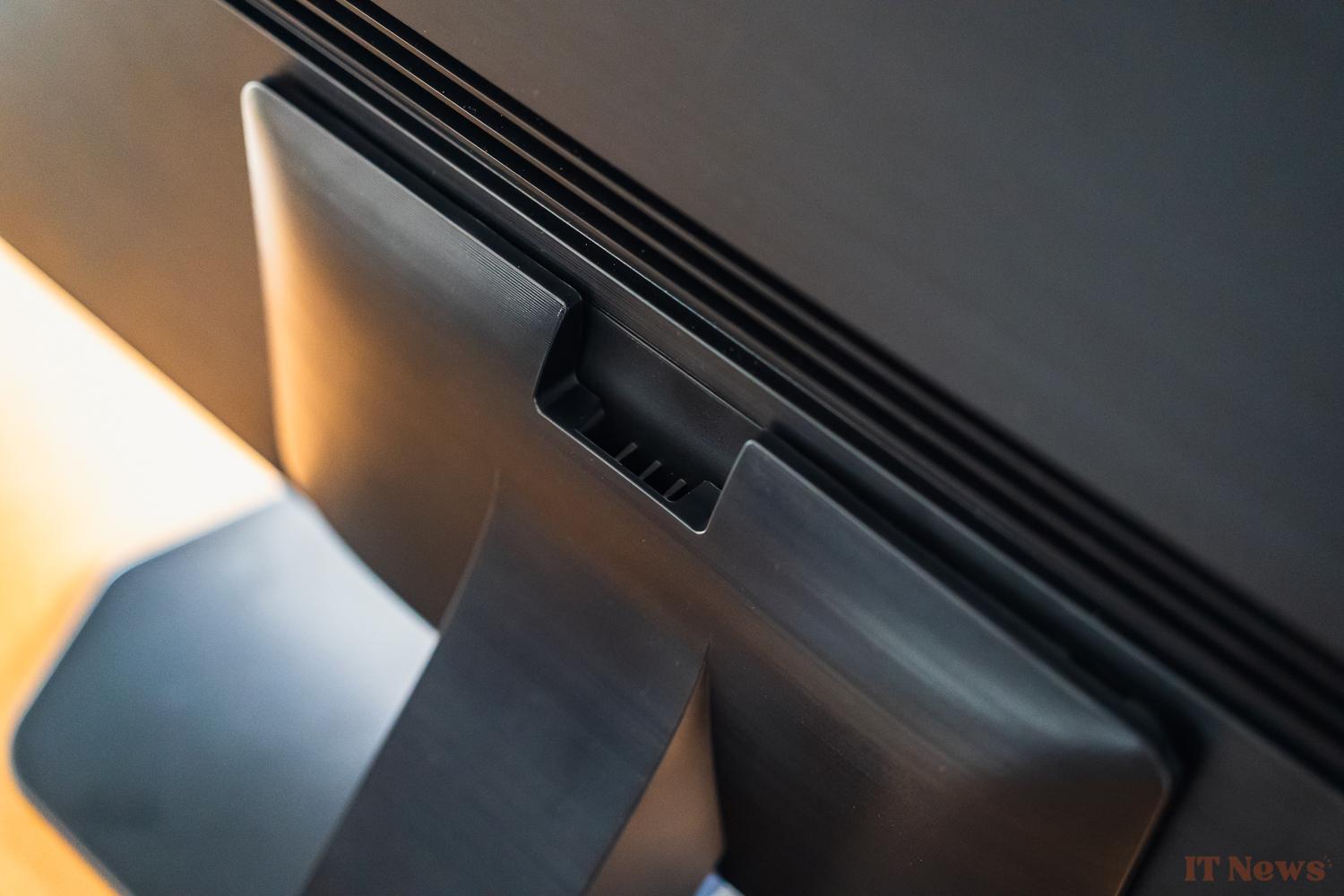

0 Comments